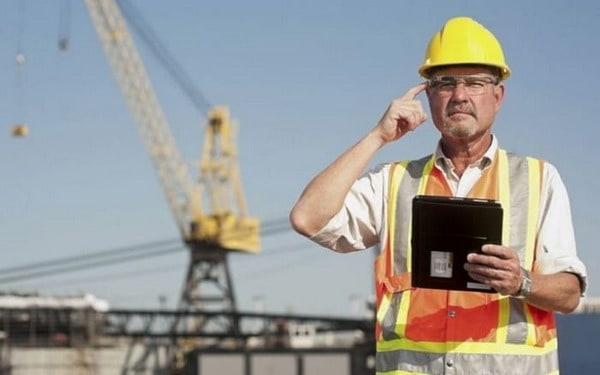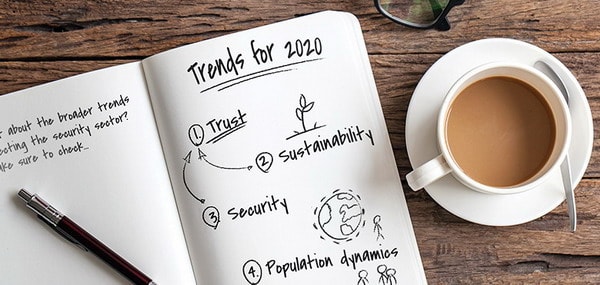With the progress of new technologies, more and more innovative products are coming to market. We started by smart phones and watches, but gradually they appear many more objects and technological advances that few people would have imagined, appearing the smart homes and smart cities (smart cities).
The advancement of new technologies through data monitoring also allows us to better understand our electricity consumption habits, helping us to save energy in our home as it will be presented in the different projects where technology and home automation play a role key in housing.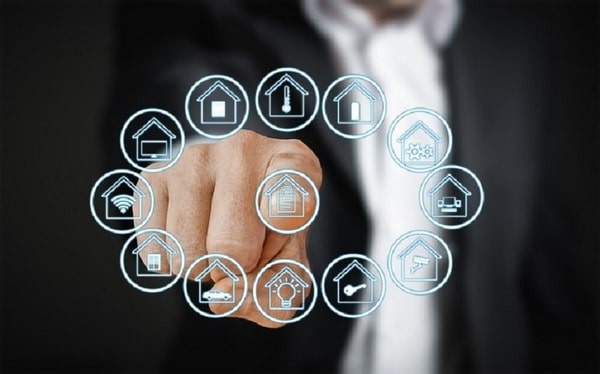
Smart houses with home automation systems
Smart houses are automated (or domotized) through systems of energy management, security, control in domestic chores… etc.
In smart homes the mobile phone will be the neutral center of everything that happens and interacts with us to remind us or give us options about what we have to do.
These types of houses are made up of intelligent objects that are continuously collecting and analyzing data ( Big Data technology ), to have more complete information about us and offer us much more specific alternatives.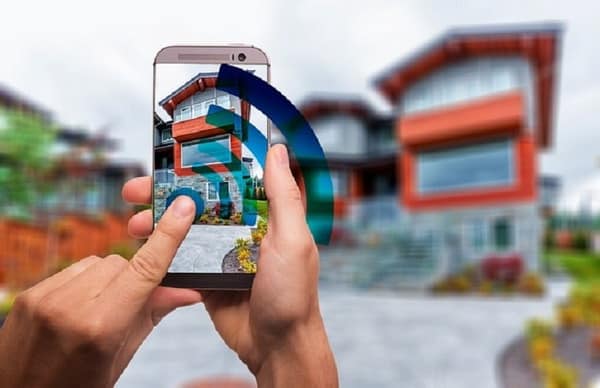
An example of this would be, if our refrigerator detects that an ingredient (or several) is missing, it will speak with our smartphone to write it down in the shopping list of our usual online supermarket, the phone will notify us and ask if we want to make the purchase.
Another example, this time of saving energy and space would be the efficient lighting without wires.
Although new technologies know our tastes, the psychologist Luis Muiño says that “it is impossible to predict what a human being will do.” For something like this to take effect, machines would have to have data from childhood.
This problem is happening today, since years ago there was no existing technology in our day, so there are experts who say that this problem will stop influencing the future because a 21st century child already manages tablets, programs social networks and various technologies that will track your hobbies and tastes to offer you an abacus of possibilities more related to it.
This technology is already underway, some products are being tested but many others are already being marketed.
Smart Homes and Technology
There are several fairs that expose different advances for future technological homes, examples of this are in CES consumer electronics fair. Here are some examples of the last fairs held, from Ubiant, Smarter and Savant.
Ubiant, a company of French origin, exhibited its latest device last January at this fair. It is a small tower that can be illuminated in different shades depending on the energy consumption of the home. This new invention is baptized with the name of Luminion and also has an app from which you can monitor the energy consumption of the whole house and see which family member incorrectly abuses this source.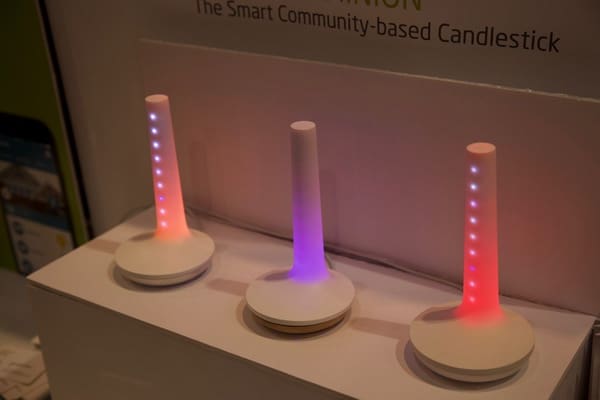
This technology can remind the prefabricated house of high energy efficiency BrightBuilt Barn (USA, 2008). A house where more than 90% of the materials used are prefabricated. It has a LED lighting system that changes color depending on the energy that the home captures through its 20 photovoltaic panels. If you want to know more about this home, visit our article on Are there prefabricated houses with high energy efficiency?.
Another of the companies in this event was Smarter, which showed a different range of devices:
- Detect is the name that receives a small appliance that can be placed in the kitchen and will send a notification when the oven is finished cooking or the coffee maker is about to boil.
- Mats is a small mat on which you can place containers of ketchup, mustard, among other liquid products, which measures the weight of these containers to know when they are being finished. When so, you can receive a notification by phone notifying you
- Fridge Cam, is another very useful device for when you go shopping, because it allows you to see the food you have in your refrigerator at that time.
- iKettle 2.0 is a pot that tells you when it is ready to serve tea water.
Detect and iKettle 2.0. By measuring the activities of different types of appliances, it helps us save energy, allowing efficient use of them.
The last large company that exhibited its products at the fair was Savant. This group of designers showed the city:
– A universal remote control, which has a touch screen, voice command button and other traditional buttons to advance, delay, pause and play, among others.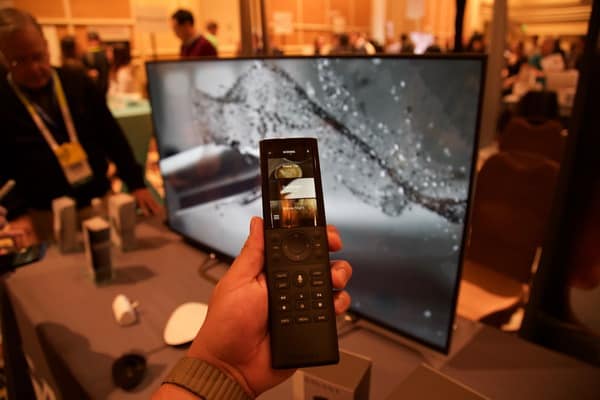
This control is compatible with some multimedia products and various content providers, but what also stands out about it is its ability to learn from you. You can, for example, have a default setting called “Relaxation”. By choosing this setting, the control instructs the Sonos horn to play quiet music and dim the lights of some area of the house.
– Luma, a device to control and monitor the Internet at home, also deserves a mention. This device is able to see the number of devices that are connected to the Wi-Fi network, control the pages that visit the smallest of the home and block if the internet signal is deemed necessary momentarily.
This device is implanted in homes and depending on the surface of them one or more devices are needed. Its creators propose to put it on sale in spring.
– Cujo, is another artifact similar to Luma, but with a more attractive design. Its functions are the same but it has the advantage that only one is needed per household, regardless of its size.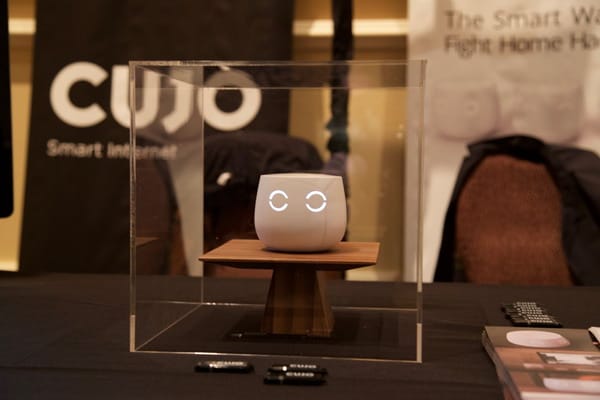
To implement all these devices in homes requires a high economic level, so people like Mark Zuckerberg (the founder of Facebook) intend to provide their home with artificial intelligence (AI).
This public figure has posed several challenges throughout his life and this has been one of the last. This technology is combined with software and allows you to recognize your voice and give orders from music, to lights and temperature.
In addition to that he has added a system that will allow visualizing the data in a virtual reality that would help him in the development of better services, as well as in the leadership of his company.


